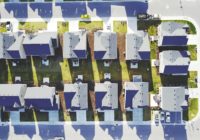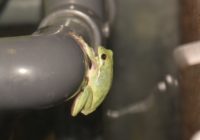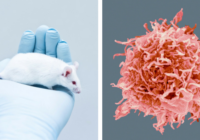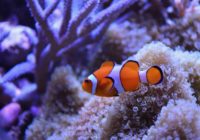Ant adaptations for tunnelling through living wood
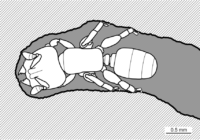
Melissotarsus ants are involved in a fascinating mutualism with scale insects, which has led to these insects developing specialised adaptations to chew tunnels through the wood of living trees. Dr Christian Peeters, lead author of a new article published in Frontiers in Zoology, takes us through the exceptional morphological specializations in these ants.
